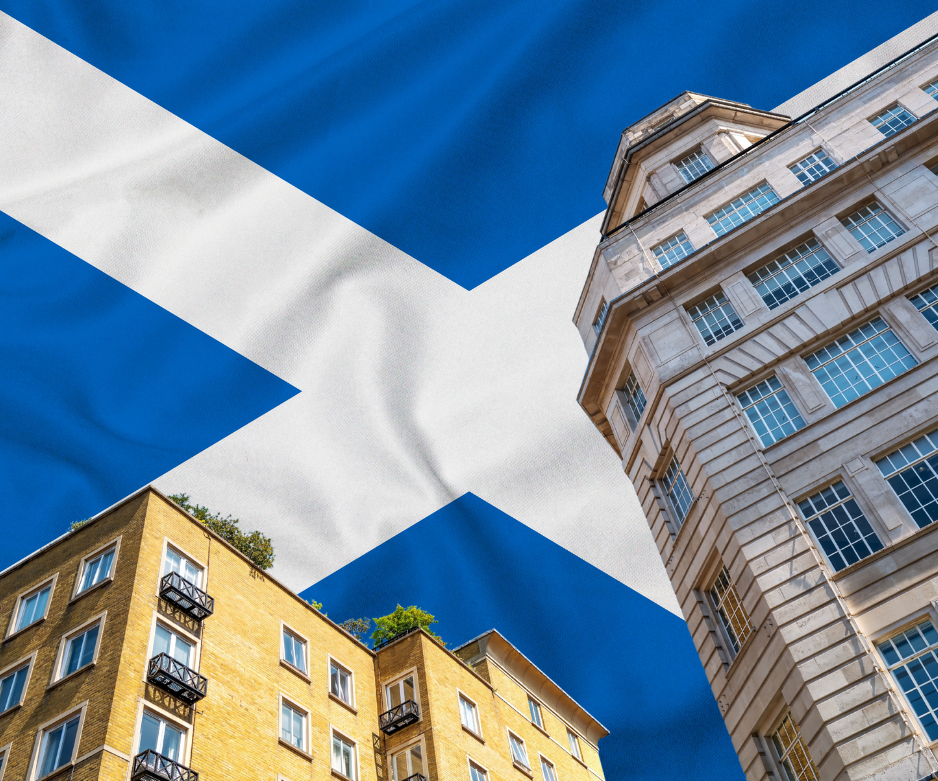
The past: How LBTT came to be
In 2015, Scotland replaced Stamp Duty Land Tax (SDLT) with Land and Buildings Transaction Tax (LBTT), giving the Scottish government full control over property transaction taxes.
- Early rules: LBTT introduced a tiered system similar to SDLT but with rates and thresholds set by the Scottish government.
- Impact on buyers: The reform allowed Scotland to adjust rates for affordability, particularly helping first-time buyers and lower-value homes.
The present: What buyers need to know
LBTT is now the standard property tax in Scotland. Buyers should understand how it applies to residential purchases:
- Tiered rates: Different portions of a property’s value are taxed at increasing percentages.
- First-time buyer relief: Qualifying buyers may pay reduced tax or none at all for properties below a certain threshold.
- Additional homes: A surcharge applies when buying second properties or buy-to-let investments.
The future: What’s on the horizon
The Scottish government can adjust LBTT independently, and trends suggest they may use it to influence the housing market. Possible changes include:
- Threshold adjustments: Higher thresholds may make homeownership easier for first-time buyers.
- Targeted reliefs: Potential incentives for green homes or affordable housing schemes.
- Temporary measures: Tax holidays or surcharges might be introduced to stabilise the market.
Why buyers should pay attention
LBTT impacts the total cost of purchasing property in Scotland. Knowing the past, understanding the present, and watching for future changes helps buyers:
- Budget carefully and avoid surprises.
- Plan the timing of their purchase strategically.
- Take advantage of available reliefs and incentives.
Confused about how LBTT could affect your Scottish property purchase?
Contact us today for tailored advice and expert guidance to make your move smooth, cost-effective, and stress-free
